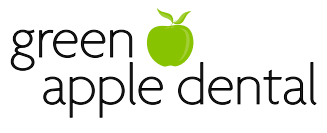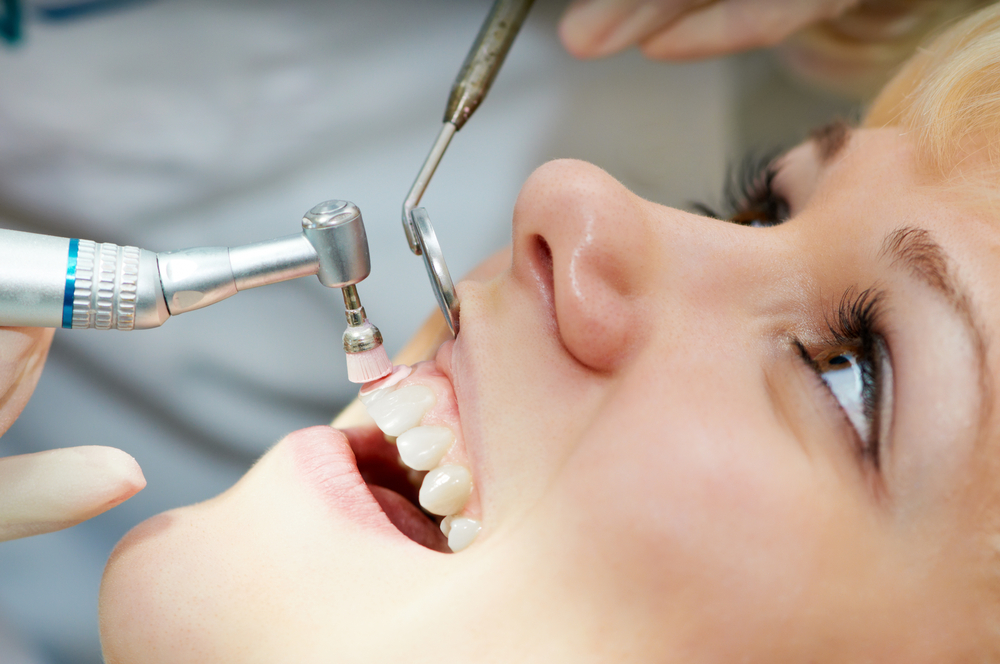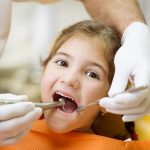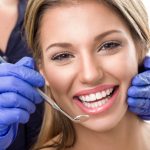Teeth Cleaning Guide
Your mouth is a constant battleground between your body’s own defences and the bacteria present in your mouth. Saliva, food particles and bacteria form a sticky film called plaque, which adheres to your teeth and starts the process of tooth decay. If you are not strict with yourself about brushing and flossing regularly, plaque can harden and turn into tartar. Tartar often lodges below the gum line. At this stage, the tartar is extremely difficult to dislodge. If it is left unattended, you have a perfect recipe for tooth decay and gum disease.
How Often Should I Clean my Teeth?
All dentists recommend that you clean your teeth at least twice a day. Of the twice daily cleaning, at least one clean should be a thorough effort, with brushing, flossing and mouth washing.
It is normally recommended that the thorough clean should be done in the evening before going to bed. Failure to do so will allow the bacteria left in your mouth the whole night to do their damage. The other clean is normally done after you have had breakfast in the morning.
You should brush your teeth for no less than 2 minutes each session.
What Kind of Toothbrush Should I Use?
A lot of people think that the harder you brush the better, so they opt for using a brush with hard bristles. In certain instances, using a hard bristle brush and brushing very hard can do more damage than good.
It is recommended that you use a soft or medium bristle brush. The bristles should be fairly flexible and able to bend. This allows the bristles to get between the root and the gum for a really thorough cleaning.
There is nothing wrong with using an electric toothbrush provided the brush moves in a circular motion. In fact, a great many people prefer to use an electric toothbrush as it seems to give a much more thorough clean.
What Kind of Toothpaste should I Use?
It has long been established that fluoride aids your fight against tooth decay. The fluoride neutralises the bacteria in your mouth and coats the teeth for added protection. So, it is highly recommended that you use toothpaste that contains at least 1350 parts per million of fluoride. It is not really necessary for children to use milder toothpaste. If you do want to use milder toothpaste for your kids, make sure that it has at least 1000 parts per million of fluoride.
Technique
Brushing: The important consideration when brushing your teeth is to make sure that you brush every part of your teeth thoroughly. All too often, we skip the hard to reach parts with dire consequences. Use rapid circular motions to brush front, back and tops of your teeth. If you can, try and get the brush to penetrate 1 to 3 millimetres under your gums. This serves to dislodge any tartar caught under your gum line.
Flossing: After extracting approximately 12 to 18 inches of dental floss from the container, make sure that you have a taut piece of floss between two of your fingers. Gently insert the taut floss between your teeth and go down as far as you can below the gum line. Repeat this 8 to 10 times between each pair of teeth. This will dislodge any stubborn food particles and plaque left after brushing.
Brushing and flossing at least twice a day is strongly recommended to help you to combat tooth decay and gum disease. Brush for at least 2 minutes, and make sure that you employ the correct technique when brushing and flossing. If you suspect that you are not brushing and flossing correctly, your dentist will be only too willing to illustrate the correct technique.





